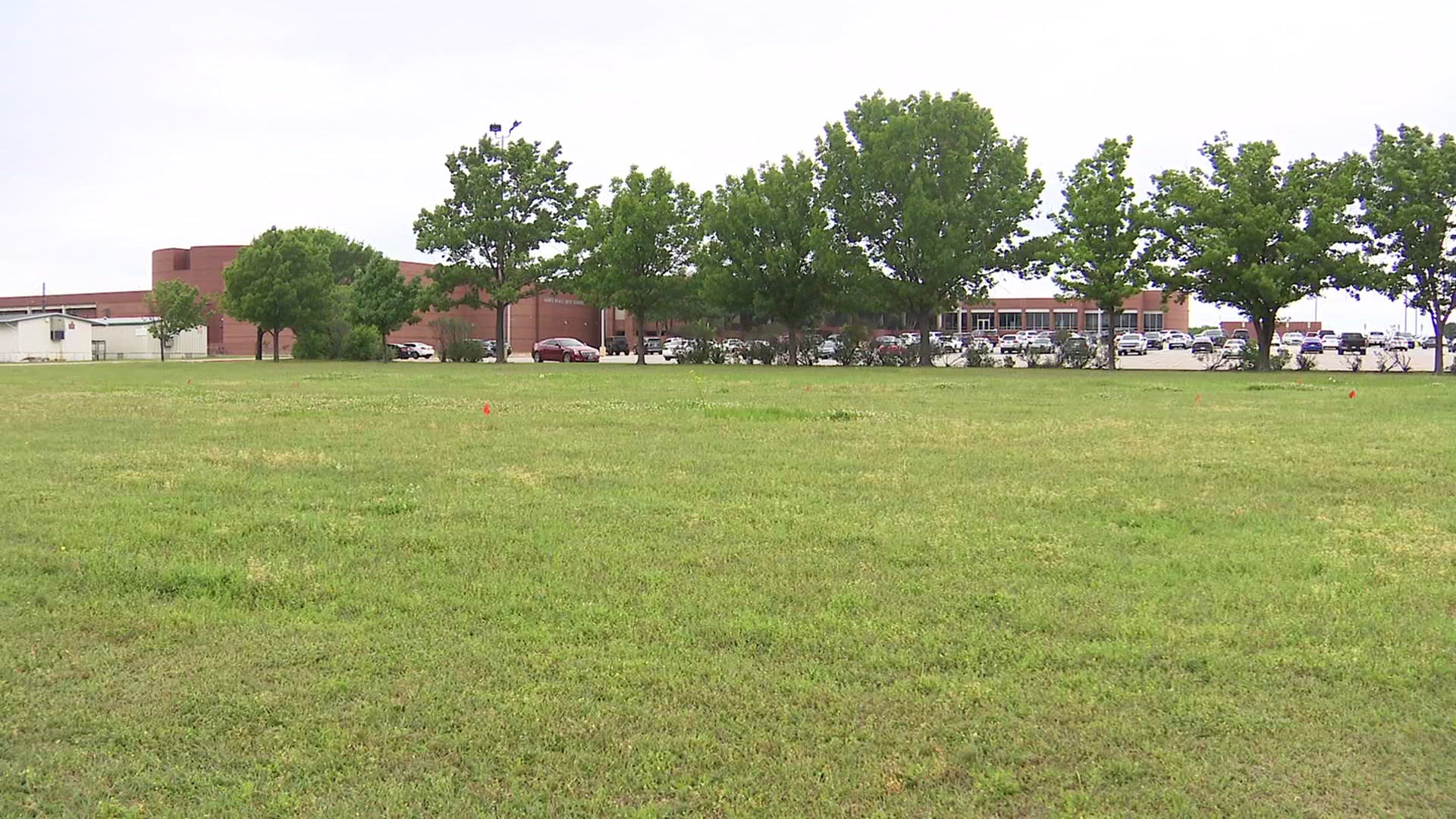Giving back the sense of touch to U.S. service men and women who've lost a limb during or after combat is the goal of a cutting edge research trial underway in Dallas.
A UT Southwestern team is working to change the way robotic hand biofeedback occurs, which could lead to the closest thing to feeling in the hands of amputees.
Trial participant, 44-year-old Shawn Findley, of Mount Pleasant, felt sensation for the first time in more than a decade through a robotic arm.
"It was awesome. I mean, it really was. To close your eyes and to grab something with a hand that you no longer have, but to be able to feel. You know the hands not there, but now you're feeling with it. It's just mind-blowing," said Findley.
The army veteran lost part of his hand in an accident at a fabrication shop, however 13 reconstructive surgeries later and still in tremendous pain, he chose to have doctors amputate his entire hand and part of his forearm.
"I tell you what, that was probably the best decision, medically, for me because that was in '09 and here we are 10 years later. I don't hurt, I'm not on any more medicine, my personality is back, I'm not over-medicated."
He said he embraced life with his prosthetic but then last year, was faced with an incredible opportunity: help doctors create a robotic hand that moves and provides sensation like a natural hand.
Local
The latest news from around North Texas.
"I'm of the mindset that, hey, if it's beneficial to humanity, it's worth it," said Findley.
The research arm of the Department of Defense, called DARPA, is funding the trial, which has the goal of improving the quality of life of wounded warriors.
With the funding, Dr. Jonathan Cheng, an Associate Professor of Plastic Surgery at UT Southwestern developed a way to stimulate the residual nerves inside the arm of an amputee.
"Whenever we deliver electrical stimulation into those nerves, we actually are able to give the sensation of feeling and in many cases, sensation of movement, so they can feel when the hand is opening and closing and when it is in contact with something," said Dr. Cheng.
Dr. Cheng’s research focuses on communication of undamaged nerves remaining in the limb after amputation.
After his team implanted electrodes in his remaining limb and used a circuit board to help send signals those nerves.
Findley relearned how much fingertip pressure it took to pick up different small weights and could feel sensation in his hand.
"I was always one of those that's says, 'let's take it to the limit! I want to know what the max feels like," said Findley. "But listen, if you go 12 years of not feeling, I want to experience it all!"
Now, the next step is to build a robotic arm equipped with the technology.
"In an ideal world, the goal would be to help anybody who has an injury like this," said Dr. Cheng. Findley said he is especially excited about what it could mean for military men and women.
"I'm a very big patriot and I've got a son that serves in the Marines and with that, all of our soldier boys coming back with all the damage," said Findley," we need to take care of those guys."
The technology will need FDA approval, but it could be on the market in as little as three years.




